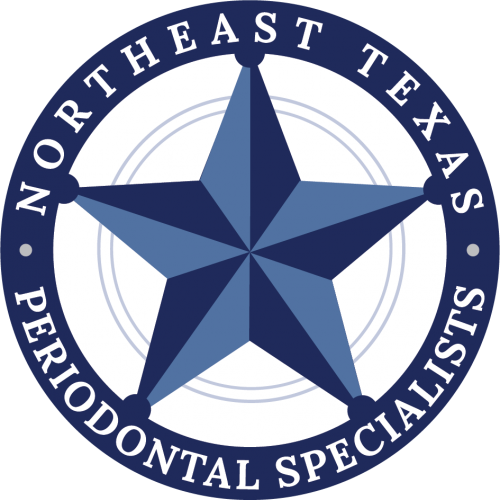Periodontics is a branch of dentistry that focuses on the prevention, diagnosis, and treatment of diseases affecting the supporting tissues of teeth, including the gums, bone, and periodontal ligaments. One common issue that periodontists address is gum recession, a condition that occurs when the gum tissue pulls away from the tooth and exposes the root surface. Gum recession can lead to sensitivity, aesthetic concerns, and, if left untreated, eventual tooth loss. To address this issue, periodontists often use a surgical technique called a connective tissue graft.
A connective tissue graft is a surgical procedure used to restore lost gum tissue and cover exposed tooth roots. The procedure involves removing a small piece of connective tissue from the roof of the mouth and transplanting it to the area where the gum tissue has receded. This tissue acts as a scaffold, promoting the growth of new gum tissue to cover the exposed root surface.
Before the procedure, the periodontist will conduct a thorough examination of the patient's mouth, including X-rays, to assess the extent of gum recession and determine if a connective tissue graft is the most appropriate treatment option. The procedure is usually performed under local anesthesia to minimize discomfort, although sedation can also be provided for anxious patients.
During the procedure, the periodontist will make a small incision in the roof of the mouth to access the connective tissue. They will then carefully remove a small piece of tissue and stitch the incision closed. Next, the periodontist will make a small incision in the area of the gum recession and carefully position the transplanted tissue over the exposed root surface. The tissue is then secured in place with sutures, and a protective bandage is placed over the site to aid in healing.
After the procedure, patients may experience some swelling and discomfort, but these symptoms can usually be managed with pain medication and ice packs. Patients will also need to follow a strict oral hygiene routine, including gentle brushing and flossing and using a special mouth rinse, to promote healing and prevent infection. The periodontist will schedule follow-up appointments to monitor healing and ensure that the graft is successful.
In summary, a connective tissue graft is a surgical procedure used in periodontics to restore lost gum tissue and cover exposed tooth roots. The procedure involves removing a small piece of connective tissue from the roof of the mouth and transplanting it to the area where the gum tissue has receded. Connective tissue grafts can be an effective treatment option for gum recession, helping to prevent further damage and restore a healthy, attractive smile.

